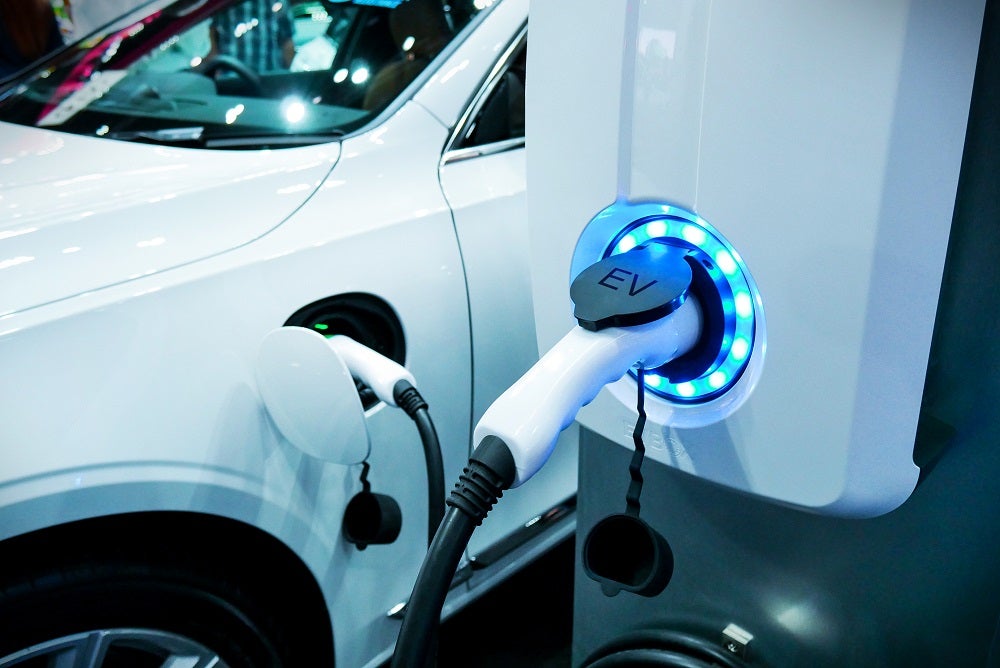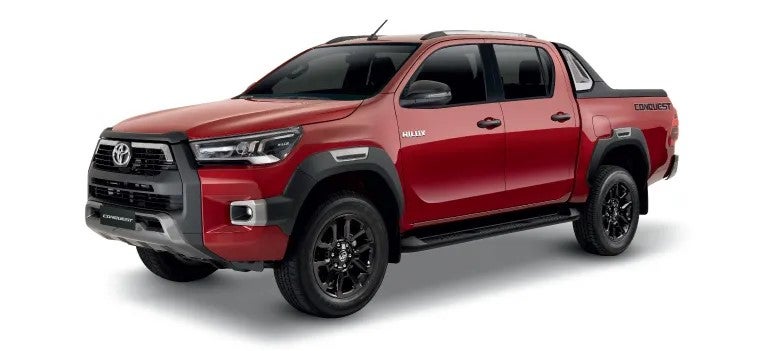A number of recent developments in the field of European natural gas vehicles, including Citroen’s development of a home refueled natural gas car, give cause for cautious optimism about the technology’s future. However, as Datamonitor’s Andrew Hill explains, natural gas vehicles are still some way from becoming an everyday sight on European roads.
The opening of Germany’s 500th compressed natural gas (CNG) equipped forecourt and the recent launch by Citroen of a new CNG powered car with the potential for home refueling represent much needed steps in the advancement of alternative fuel powered vehicles in Europe.
For many years, the use of alternative fuels such as CNG and liquefied petroleum gas (LPG) in natural gas vehicles (NGVs) have existed very much on the fringes in Europe, often threatening to become viable in the mainstream but never really breaking into it despite the potential catalysts of rising fuel prices and environmental concerns.
Europe trails the world in NGV utilization
Other than the notable exception of Italy, where there are around 340,000 NGVs, Europe has long lagged behind other parts of the world in the adoption of alternative fuel vehicle technology, and Europe accounts for only a small percentage of the world’s 3 million strong NGV fleet. In Argentina there are close to 600,000 NGVs and a conversion rate of close to 5,000 vehicles per month. Similarly the US has been using NGV technology since the 1960s and currently has an NGV fleet of around 85,000 vehicles.
How well do you really know your competitors?
Access the most comprehensive Company Profiles on the market, powered by GlobalData. Save hours of research. Gain competitive edge.

Thank you!
Your download email will arrive shortly
Not ready to buy yet? Download a free sample
We are confident about the unique quality of our Company Profiles. However, we want you to make the most beneficial decision for your business, so we offer a free sample that you can download by submitting the below form
By GlobalDataCanada’s alternative fuel powered fleet now stands at around 36,000 vehicles and is growing at a steady rate thanks to a range of Government incentives which, it is hoped, will eventually allow 10% of the country’s vehicle fleet to be powered on alternative fuels.
European Developments in NGVs
Two recent developments mean than NGV technology in Europe has now made further progress towards the mainstream.
In the past few days, Germany has reached a milestone in the development of its NGV market through the opening of its 500th fuel-retailing site capable of selling CNG. The site, owned by Deutsche Aral BP and located in Castrop-Rauxel, north western Germany, is part of a growing movement towards CNG in the country: there are now approximately three new CNG retail outlets opened each week to serve the country’s growing fleet of 25,000 NGVs.
The movement towards NGV technology in Germany has been significantly influenced by the support of German car manufacturers, which have invested heavily in new alternative fuel powered models in the past and have also announced plans to launch various new NGV models in 2005 and 2006.
A similar support for NGV technology amongst the motor manufacturing industry has been discernable in France recently, with the cooperation agreement between Gaz de France and Citroen. At the Paris Motor Show in late September the two companies unveiled a new jointly developed NGV.
While not in itself a particularly strong catalyst for the take up of NGVs in Europe, the significance of this cooperation lies in the fact that the two companies are currently developing a home refueling system for NGVs due to be launched in 2005. This system will eliminate one of the key constraints to the increased take up of NGV technology, namely the lack of retail outlets with CNG facilities. By enabling home refueling, Citroen and Gaz de France will be eliminating the need to find suitably equipped forecourts, thus potentially opening up CNG technology to a much wider audience, particularly those living prohibitively far from CNG equipped forecourts.
Despite this progress, the immediate prospects for NGVs in Europe remain somewhat limited. For Europe to take full advantage of the environmental and economic benefits of NGV technology, concerted governmental action and incentives of the type seen in countries such as Canada will be required at both a national and continental level.
Similarly the support of the motor industry, like that recently shown by Citroen in France and various German manufacturers, will also be required. With no short term lack of gas supply, the ever growing need to reduce emissions and a growing dissonance amongst drivers about rising conventional road fuel prices, there has never been a better time to encourage the wider use of this technology.
SOURCE: DATAMONITOR COMMENTWIRE (c) 2004 Datamonitor. All rights reserved. Republication or redistribution, including by framing or similar means, is expressly prohibited without prior written consent. Datamonitor shall not be liable for errors or delays in the content, or for any actions taken in reliance thereon.







